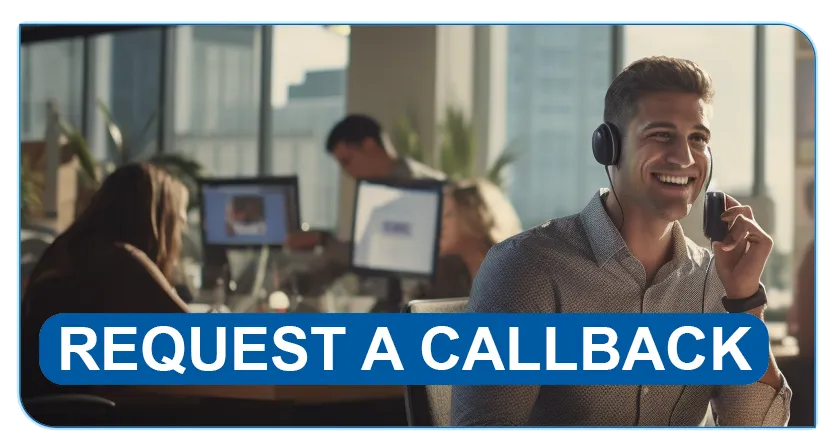Excursion Phones
There is no doubting coverage is network dependent, In Australia, there are three mobile network owner/operators: Telstra, Optus, and Vodafone. All other mobile service providers lease service from one of these three networks.
Currently, Australia’s number one network is Telstra, for the best coverage, fastest speeds and reliability.
Like any mobile network, coverage on the Telstra Mobile Network depends on the mobile handset itself and where you’ll be using your device – metropolitan areas, regional areas, rural areas, out at sea or indoors.
One way you can be sure that you’re experiencing the best possible coverage in regional and rural locations. Is by choosing a Telstra ‘Blue Tick’ tested mobile phone, which offer enhanced cellular performance, meaning better coverage in rural and regional areas.

COVERAGE
Samsung’s Galaxy S8 and Galaxy S8+ are the first smartphones to receive “4G Blue Tick Certification” from Telstra, up until now, Telstra’s Blue Tick only tested for calls over 3G. Given the transition to 4G calling technology, Telstra has now extended Blue Tick testing to its 4G network. However, the Blue Tick certification only applies to voice coverage, rather than data speeds. The Telstra Blue Tick isn’t just for one type of cellphone. The newest 5G-enabled smartphones can get a Blue Tick just as easily as simple flip phones. With the Telstra Blue Tick program, you can find prepaid phones, smartphones with a monthly plan, old-school flip phones, or the newest high-end phones, as long as they pass the Telstra Blue Tick test.
Products Not Found
SECURITY
If your phone has valuable data on it, including contacts, email, text messages, photos and access to cloud software, you should consider what kind of security options are available. A phone plan company that offers ready Kaspersky Internet security mobiles is a great choice.
Security features allow you to wipe out any data from your lost or stolen phone. It also enables you to remotely manage theft, locate the device in case of theft, and block unwanted messages and calls.
Choosing the right phone plan provider is not an easy task. But if you know your phone plan needs along with these nine important considerations, you can surely end up working with the most reliable and suitable service provider.
CAMERA
School years hold some of the fondest memories for a lot of people and with today’s technology advancements, it’s never been easier to capture each and every moment in stunning quality on a smartphone.
Dedicated school excursion phones:
One of the biggest positives of teachers having a dedicated school excursion phone is it ensures the collection and use of student photographs and/or film in schools complies with the Information Privacy Act 2000 (Vic)
Features:
• Protects the personal information of individuals, respects the individual’s right to control how and for what purpose their personal information is used.
• Complies with the relevant legislation and Department policy.
• Only allows images to be shot from one device, images can be filtered and controlled, this ensures all images are consented to and protects students.
EasyCall 5 will deliver the main functions of making and receiving phone calls and text messages. It’s ideal for when the added features of a Smartphone such as a Camera or Internet access aren’t necessary but maintaining effective communication is.
This mobile phone features an alert switch for quick action in an emergency, easy to read buttons and a handy torchlight. The Telstra EasyCall® 5 handset is also Blue Tick approved! The only drawback no internet means no maps.
GPS
More and more people are giving up on old navigation devices and are using GPS on smartphones instead. GPS stands for Global Positioning System.
GPS is a radio navigation system. It uses radio waves between satellites and a receiver inside your phone to provide location and time information to any software that needs to use it. GPS is precise, but it’s slow and uses a lot of power.
When you want your location from your phone you probably use AGPS: Assisted Global Positioning System. AGPS adds cellular location data to assist geolocation. Your phone carrier knows where you are since your phone “pings” cell towers. When you can see three or more towers the phone company can triangulate where you are. How precise this is will depend on the strength of the signal between your phone and the tower, but usually, it’s good enough to be used for location data.
There are a number of free navigation apps available, Android and iPhone users have access to the free Google Maps app, which shows your current position and offers voice direction. Apple has also released their own version for iOS devices that is simply called Maps.
Google Maps is by far the most widely used and trusted GPS navigation app in the world. Developed by Google, and distributed for free, the app features accurate traffic data, multiple modes of transport for navigation and directions, as well as automatic re-routing in navigation due to traffic conditions, or missed turns, and exits. Google Maps also offers a way to download and save regional maps for offline use—you just need to do a little preparation before you leave.
So, when deciding on a Smartphone for navigation, simply ensure it is compatible with google maps!
SAFETY
To ensure privacy and safety a lot of schools employ policies and guidelines that prohibit the use of Mobile phone cameras (still and video). This then poses a problem as the vast majority of mobiles have cameras! So, what’s the solution? It is worth looking into the Telstra EasyCall 3 as it is a simple alternative to the Smartphone for schools.
Easy Call 3 will deliver the main functions of making and receiving phone calls and text messages. It’s ideal for when the added features of a Smartphone such as a Camera or Internet access aren’t necessary but maintaining effective communication is.
This mobile phone features an alert switch for quick action in an emergency, easy to read buttons and a handy torchlight. The Telstra EasyCall® 3 handset is also Blue Tick approved! The only drawback no internet means no maps.


